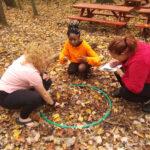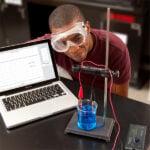
Sharing ideas and inspiration for engagement, inclusion, and excellence in STEM

This has been a significant year of growth and exciting developments at Vernier, including our transition to a Perpetual Purpose Trust ownership model and our exciting partnership with Texas Instruments that’s improving compatibility between TI graphing calculators and our Go Direct® sensors. We’ve also had a rich year of connecting with educators at conferences nationwide, where your feedback and passion have been instrumental in shaping our perspective and purpose. Your engagement has also helped us in launching the brand new Vernier Trendsetters Community. We can’t wait to see what 2024 will bring!
Now, as you cozy up this December and begin reflecting on your own highlights—and maybe next year’s lesson plans—let’s take a look back at some of this year’s top blog posts.
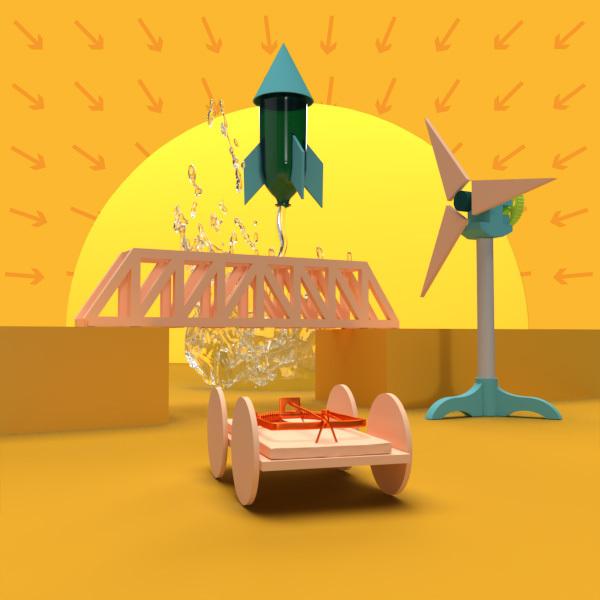
1. Hands-On Physics Learning with Water Rockets, Mousetrap Race Cars, Bridges, and Wind Turbines
Looking for ways to help your students make meaningful connections between physics concepts and the real world? Vernier engineering educational technology specialist Josh Ence shares four hands-on ways to teach motion, force, and other key physics concepts with real-world applications.
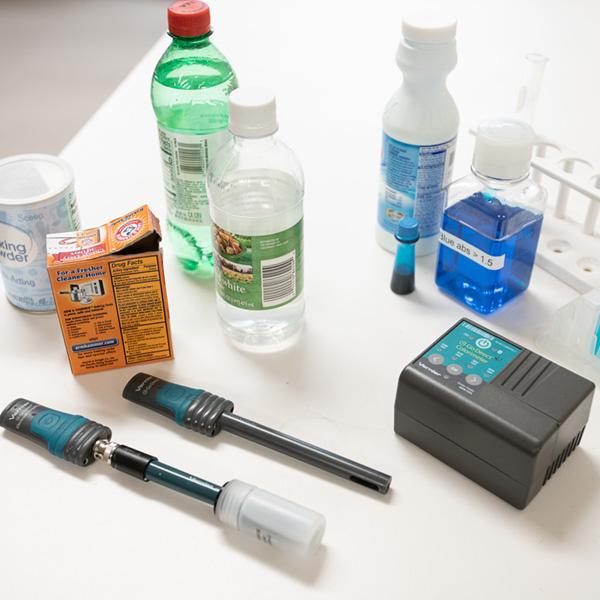
2. Five Common Household Items You Can Use to Teach Your Students Key Chemistry Concepts
There’s a lot of chemistry that can be taught using items that you can get from the grocery or hardware store, such as bleach or food coloring. Looking for some ideas to incorporate into your own teaching? Learn about five common household items you can use to explore chemistry concepts with your students.
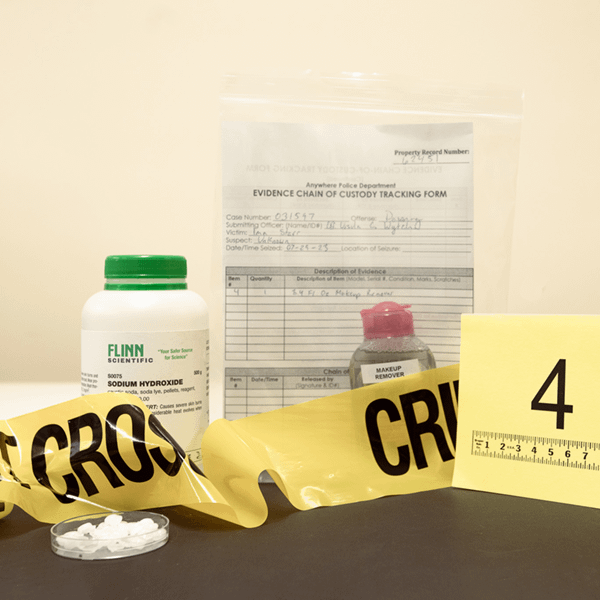
3. An Experiment to Help You Transform Your Chemistry Class into a Forensic Lab
Want to make chemistry more exciting for your students? Nüsret Hisim, chemistry education technology specialist at Vernier, shares how to use fictitious crime scenes to create real-world learning opportunities with an experiment from our brand new Forensic Chemistry Experiments lab book.
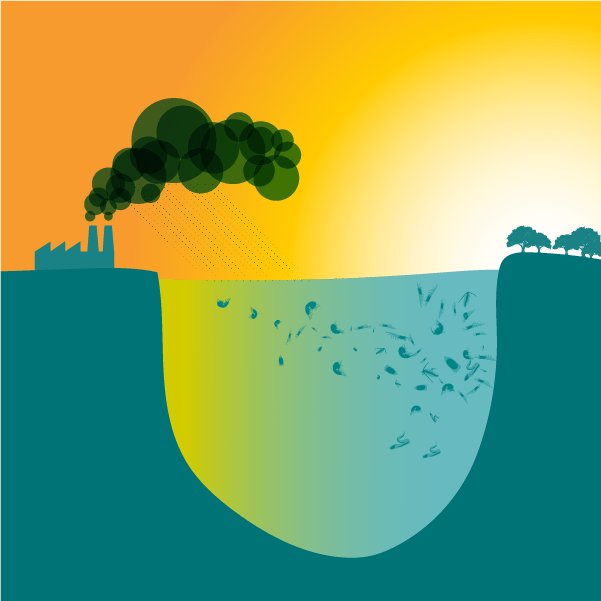
4. Four Experiments to Help Your Students Explore the Science Behind Climate Change
Climate change is a complex, long-term process, so it can be challenging to conduct classroom experiments that investigate the phenomenon. We share four experiments, as well as some useful resources, that can help your students explore and understand the science behind climate change.
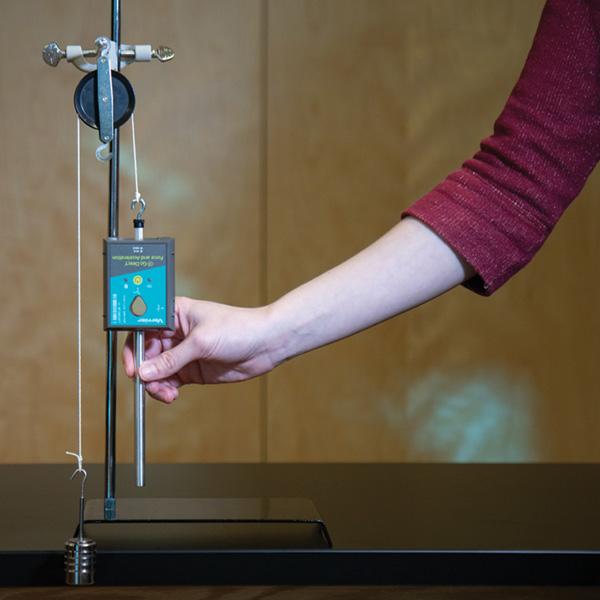
5. Three Experiments for Exploring Physics with the Go Direct Force and Acceleration Sensor
Understanding key physics concepts, such as Newton’s laws of motion, gives students a solid foundation for exploring real-world physics applications—and the Go Direct Force and Acceleration Sensor is a great tool for laying that groundwork and building on it. Here are three experiments from Physics with Vernier featuring the Go Direct Force and Acceleration Sensor that you can use to support hands-on physics learning.
Questions about our STEM solutions and technology? We’re always here to help! Reach out to our technical support team at support@vernier.com or 888-837-6437.
Share this Article

Sign up for our newsletter
Stay in the loop! Beyond Measure delivers monthly updates on the latest news, ideas, and STEM resources from Vernier.

